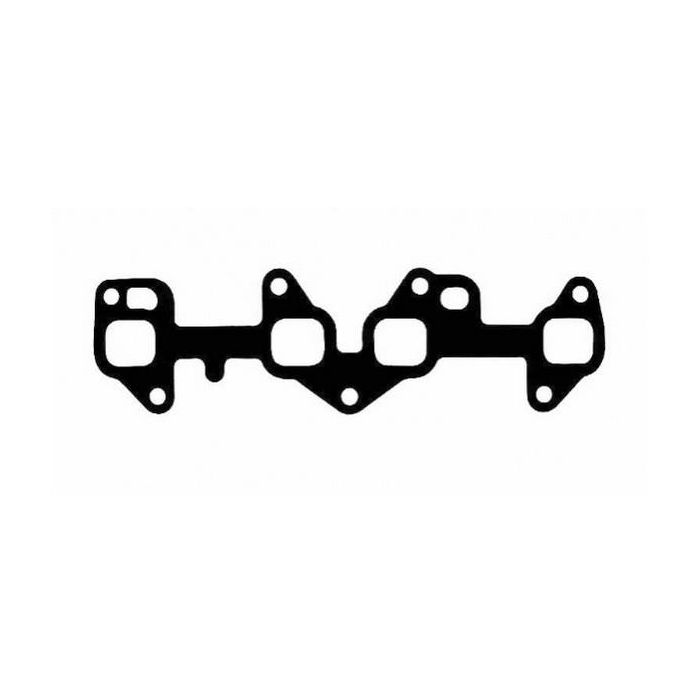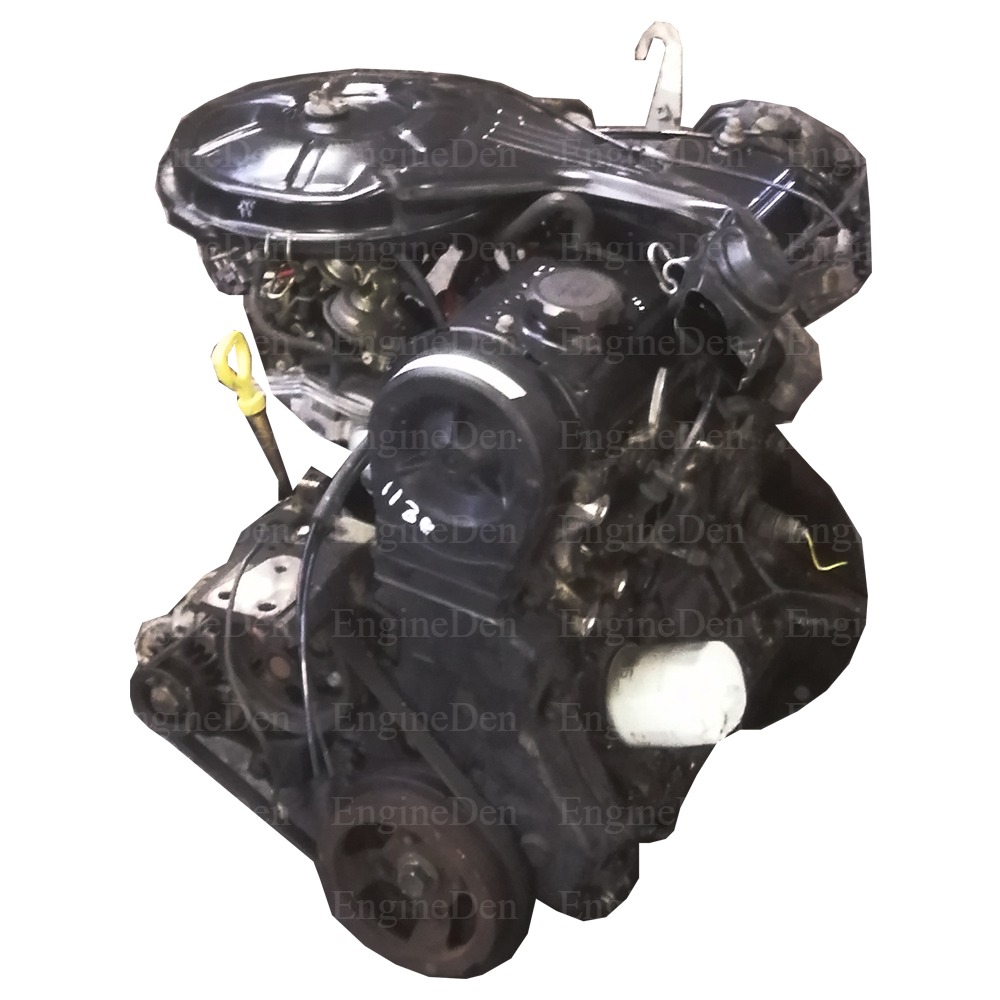Toyota Tazz: A Practical and Efficient Car for City Driving and Beyond
Toyota Tazz: A Practical and Efficient Car for City Driving and Beyond
Blog Article
Discover the Most Current Trends in Engine Modern Technology Through Tazz
In the quickly progressing landscape of vehicle modern technology, Tazz stands at the forefront, highlighting considerable innovations in engine systems that focus on both development and sustainability. tazz. From hybrid engines that optimize gas efficiency to the development of hydrogen fuel cells, the fads forming contemporary powertrains are not only boosting efficiency however likewise resolving crucial environmental obstacles. As the sector continues to push borders, it is necessary to think about just how these developments will affect future transportation services and the wider implications for international power intake. What exists in advance in this essential transformation?
Hybrid Engine Innovations
Crossbreed engine advancements represent an essential change in automobile technology, integrating the advantages of interior burning engines with electric propulsion systems. This combination not only improves gas efficiency however additionally reduces emissions, meeting increasingly strict environmental guidelines. By making use of both power resources, hybrid engines can maximize efficiency, supplying power when needed while conserving gas during less requiring driving problems.
Recent developments in hybrid modern technology include improvements in battery performance and regenerative braking systems. These developments permit higher energy recovery during deceleration, which can be rerouted to help in acceleration or power auxiliary systems. Moreover, suppliers are concentrating on portable styles and light-weight materials to maximize the effectiveness of crossbreed powertrains.
The growth of plug-in hybrids has likewise expanded the market, allowing drivers to charge their cars using conventional electrical outlets. This feature typically allows for significant all-electric range, additional reducing reliance on traditional fuels. tazz. As the automobile industry remains to evolve, hybrid engine innovations are anticipated to play an important duty in connecting the space in between traditional vehicles and fully electric versions, supplying a transitional solution that satisfies varied customer demands and preferences
Advancements in Electric Powertrains
The auto landscape is quickly evolving, with electric powertrains becoming a leading pressure in sustainable transportation. Advances in electric lorry (EV) innovation are dramatically boosting effectiveness, customer, and performance experience. Key developments consist of renovations in battery chemistry, which have boosted power thickness, lowered charging times, and prolonged general battery life.
Solid-state batteries, for example, assure to change the marketplace by providing greater safety and effectiveness contrasted to traditional lithium-ion cells. Additionally, developments in regenerative stopping systems are allowing automobiles to recoup power during deceleration, adding to general efficiency.
In addition to battery technology, electrical motor designs are becoming much more innovative. Innovations such as integrated motors and progressed thermal monitoring systems are aiding to optimize power distribution and decrease weight, eventually enhancing lorry dynamics.

Collectively, these advancements emphasize the commitment to transition towards cleaner, extra effective transport services, placing electric powertrains at the center of automotive technology.
The Surge of Hydrogen Gas Cells
Increasingly, hydrogen fuel cells are obtaining grip as a sensible option to standard inner combustion engines and battery electric lorries. This innovation takes advantage of the chemical power saved in hydrogen, converting it into electricity via an electrochemical response with oxygen. The main by-product of this procedure is water, making hydrogen fuel cells an eco-friendly option with absolutely no emissions at the tailpipe.

Automakers are increasingly investing in hydrogen fuel cell technology, identifying its capacity for long-range applications and quick refueling capabilities that measure up to conventional gas. Additionally, markets such as durable transportation and public transit are specifically well-suited for hydrogen gas cells, where battery electric services might drop short due to weight and range constraints.
As study and financial investment proceed to broaden, hydrogen fuel useful content cells are poised to play a substantial duty in the future landscape of tidy transportation and energy solutions.
Enhancements in Internal Burning Engines
Advancements in internal burning engine (ICE) innovation are changing traditional cars to satisfy modern ecological standards and efficiency expectations. Among one of the most significant enhancements involves the integration of advanced fuel injection systems. These systems maximize the air-fuel combination, boosting combustion effectiveness and causing lowered exhausts. Straight fuel shot, as an example, permits better atomization of fuel, bring about more full burning and improved power output.
Furthermore, turbocharging has actually obtained importance, enabling smaller engines to provide greater performance without the weight of bigger engines - tazz. This technology not just increases efficiency yet also adds to decrease fuel intake. Variable shutoff timing systems are also being improved, enabling engines to adjust to various driving problems for boosted torque and responsiveness
Furthermore, using light-weight products in engine building and construction is coming to be conventional, further boosting gas performance by reducing total car weight. Engine control devices (ECUs) are increasingly advanced, allowing real-time modifications that enhance efficiency and emissions.
These improvements jointly symbolize a critical change in ICE technology, straightening with global sustainability goals while still supplying the efficiency drivers expect from their automobiles. As the market develops, these enhancements remain to form the future of conventional automotive design.
Future Trends in Engine Efficiency
Significant developments in engine efficiency are expected as producers concentrate on integrating innovative modern technologies to meet stringent ecological laws and customer needs. The shift in the direction of electrification, crossbreed systems, and alternate fuels is reshaping the auto landscape, driving innovations check here that boost fuel economy and reduce exhausts.
One of the crucial trends is the application of sophisticated materials and producing strategies. High-strength alloys and light-weight compounds add to reduced vehicle weight, therefore improving total efficiency. Furthermore, the adoption of turbocharging and variable shutoff timing technologies permits for improved power outcome from smaller sized engines, additionally boosting gas economic climate.

Conclusion
Technologies in crossbreed engine systems, electric powertrains, and hydrogen fuel cells demonstrate a dedication to lowering exhausts while improving performance. Renovations in interior burning engines and a focus on lightweight products add to general engine performance.
From crossbreed engines that maximize gas effectiveness to the emergence of hydrogen fuel cells, the patterns forming contemporary powertrains are not just enhancing performance yet likewise resolving vital ecological challenges.Hybrid engine developments represent a pivotal change in automotive innovation, integrating the advantages of inner combustion engines with electric propulsion systems.In addition, turbocharging has actually acquired importance, permitting smaller sized engines to supply higher efficiency without the weight of bigger engines. Furthermore, the adoption of turbocharging and variable shutoff timing modern technologies enables for boosted power output from smaller engines, additionally boosting gas economic climate.
Renovations in interior combustion engines and a helpful resources focus on lightweight materials add to general engine performance.
Report this page